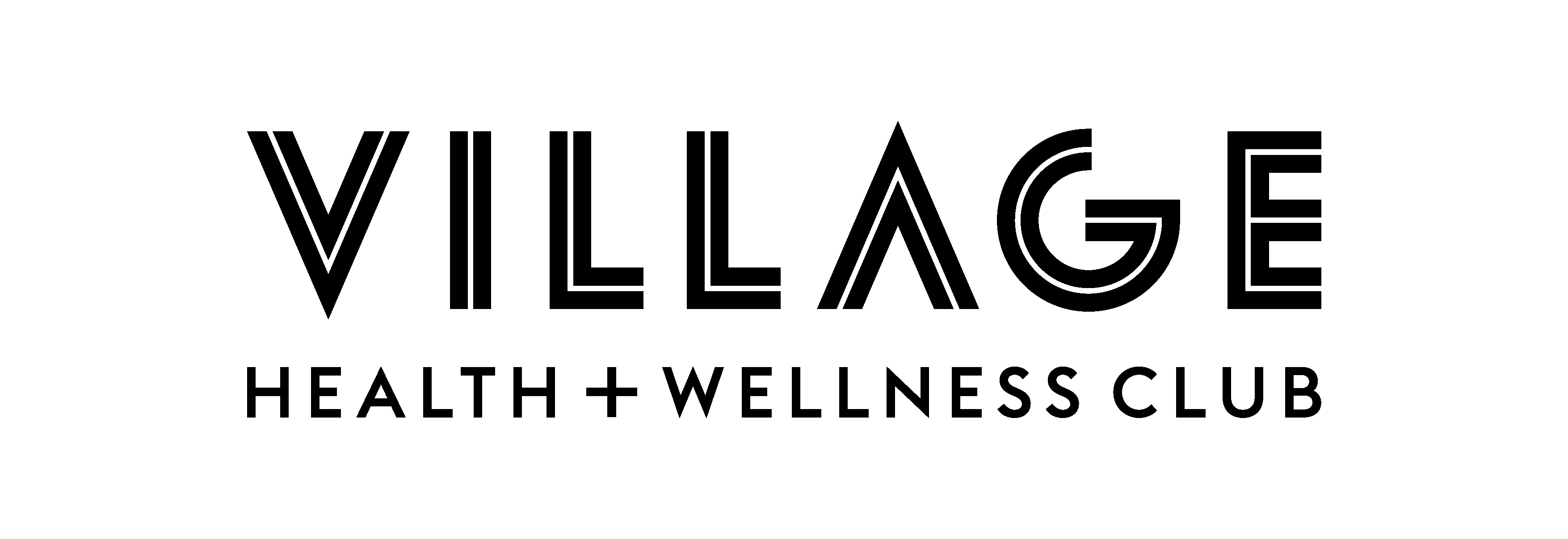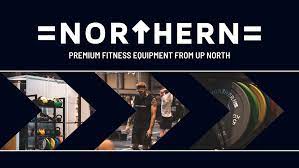It is a known fact that adults over 65 years of age spend 10 hours or more per day sitting or lying down. Leading a more active life in your 50s can help to prevent this from happening. In this article, we will be looking at what is the most effective exercise for over 50s. This way, you will be able to train efficiently in the gym, outside, or at home.
Ready to transform your life? Whether you're looking for a new pair of running shoes or some shiny home gym equipment, you can find everything you need to fuel your fitness journey with our partner brands.
What is the most effective exercise for over 50s?
"Age is just a number" is a reasonably trite saying, but sometimes it works. When it comes to exercising in your 50s, there should be no exercise that you feel you are too old for.
That does not mean to say that you should jump straight into Olympic weightlifting. It does mean that you can follow almost any beginners weight training program you want.
Of course, how you train and what you can manage reflects your level of fitness and mobility. Some 50-year-olds that can outlift a 22-year-old, while others get out of breath climbing stairs.
If we were to pick just ONE exercise though that would be the most effective for an over 50-year-old to master, it would be the deadlift.
Why?
- When performed correctly, the deadlift is perfectly safe
- It teaches you how to pick things up off the floor carefully
- Deadlifts work the lower back and all the muscles of your core
- Deadlifts strengthen your body as a whole
That does not mean that you should rush off and start deadlifting though. You need to learn how to perform it properly.
A good personal trainer or fitness instructor is well worth investing in for this. You will also want to perform other exercises that make deadlifting easier.
Leg curl machines are great for strengthening the hamstrings and improving flexibility. A lot of older people tend to develop tight hamstrings, often due to sedentary lifestyles, and using this machine will help.
It also works as an excellent warm-up for deadlifts!
How much should a 50-year-old exercise?
For most 50-year-olds, the answer would be more than you are currently doing! While overtraining is a genuine problem, we should remember that most of the population at all age groups are becoming increasingly sedentary.
Depending on how intense your training is, it would be possible to perform some form of exercise every day without “overdoing it”.
- Try to go out for a walk every day
- Weight train 2-3 times per week
- Cardio (running, swimming, cycling) 2-3 times per week
We’re not saying that you have to do all of that exercise, but these are realistic upper-limits for most over 50s.
You could certainly do more, the trick here is to mix up your training a lot. If you run every day, then you may become susceptible to overuse injuries. If you mix your week up with different forms of exercise, you will be getting enough variation to avoid most overuse injuries.
Can you get stronger in your 50s?
Yes, it is certainly possible to get stronger in your 50s. If you are starting weight training for the first time, then it is possible to get stronger in your 60s, 70s, or 80s!
It does become harder to get stronger as you get older. This is mostly due to it becoming harder to build muscle as your body struggles to absorb as much leucine.
Leucine is required to build muscle, so an older person would have to increase their protein intake significantly to build muscle at the same rate as a younger person. This rarely happens, and older people tend to eat less protein anyway.
Testosterone levels will be lower in men who are in their 50s, as will growth hormone levels. This also makes it more challenging to build muscle.
But it is not all bad news. Once you reach your 50s, you tend to have more free time than younger men. Most over 50s are not raising small children for starters! If you are lucky enough to have retired early, then you have even more time.
Working schedules can also become more flexible, with many over 50s working part-time rather than full-time.
This means you have more time to exercise, you can exercise for longer (so less intense workouts), and you have more time to sleep and recover from workouts.
Sleeping more is crucial for recovery and muscle gain. The leucine issue can be solved with supplementation or through an increase in daily protein intake.
Testosterone and growth hormone levels will increase once you start to exercise more, sleep more, and improve your diet. As you can see, with exercise, once the ball starts rolling, many factors begin to fall into place.
Can you transform your body at 50?
This is more of an extension of the last section. The answer is that yes, you can. But it will be more difficult the older you get.
Post-retirement is the perfect time to begin your body transformation, and it is a shame that more people don’t realise it. You’ve got the time, the money, and you can train at better times to suit you.
What is the most effective exercise for over 50s?
The deadlift is the most effective exercise you can learn, provided you are taught how to perform it properly. The leg curl machine is another excellent choice, as is the bodyweight or weighted squat. The dumbbell bench press and lat pulldown machine are two other exercises you should consider adding to your routine.
If you can, join a gym. You should get a free induction. Use it to learn the previously mentioned exercises. If possible, hire a personal trainer to teach you that deadlift technique. Then add it into your weekly routine.
If you’re experiencing pain or exhibiting other symptoms during or after exercise, you should stop what you’re doing and seek medical attention.
With Scan.com, you can take action quickly and put your mind at ease.
Choose from 10 scan types at over 250 clinics nationwide and get the answers you need so you can continue looking after your health.
Visit Scan.com now to learn how it works and book your scan.









